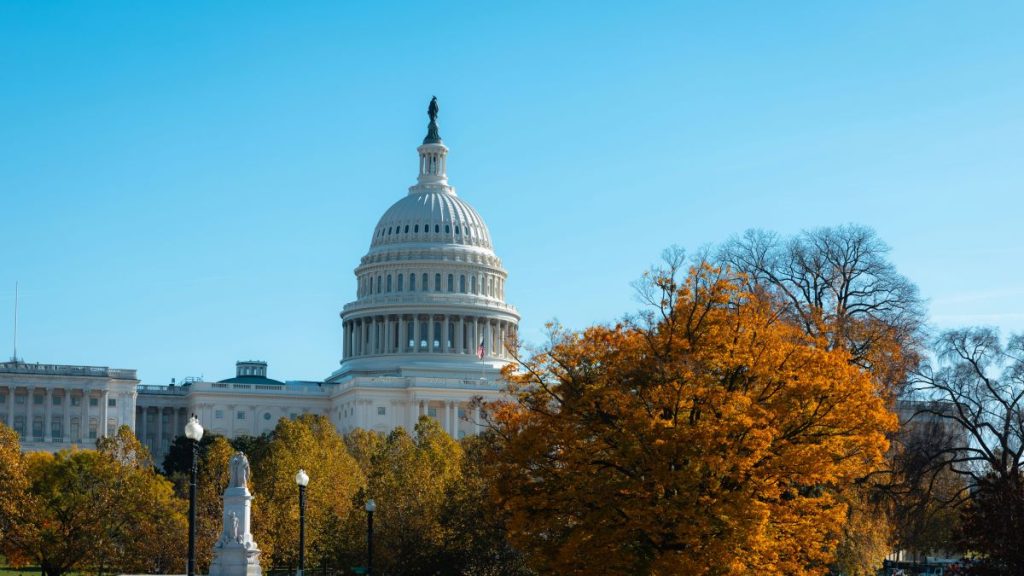With the Trump administration returning to office in 2025, the logistics landscape faces a whirlwind of change. From sweeping tariffs and reshoring ambitions to workforce challenges and trade policy uncertainty, the industry must brace itself for a volatile but opportunity-rich future. Here’s a breakdown of what lies ahead—and how businesses can prepare.
Tariffs: A Catalyst for Change
One of the administration’s hallmark policies will likely be a renewed focus on tariffs, particularly targeting China. While the goal is to encourage reshoring and reduce reliance on foreign markets, the consequences for logistics could be both immediate and far-reaching.
High tariffs will likely accelerate trends already in motion, like shifting sourcing to Southeast Asia or nearshoring production to regions like Mexico and Central America. However, these transitions come with challenges. Southeast Asia’s infrastructure, for example, is still developing and may struggle to handle large-scale cargo shifts. Similarly, while Mexico offers proximity and cost advantages, rerouting supply chains requires significant investment and planning.
The big takeaway? Businesses should prepare for a world where trade policies are anything but static. Flexibility in planning will be critical as tariffs evolve, whether they are increased, adjusted, or removed altogether.
Reshoring and the Workforce Conundrum
The push for domestic manufacturing will be a cornerstone of the administration’s agenda. This aligns with the broader industry trend of reducing dependency on global supply chains, but it brings a significant challenge: filling the jobs needed to support this shift.
Stricter immigration policies may worsen existing workforce shortages, especially in industries that rely heavily on skilled labor. For domestic manufacturing to thrive, companies will need to get creative—investing in automation, upskilling programs, and AI-driven efficiencies to close the gap. There’s also likely to be a rise in visa programs targeting skilled workers to meet demand.
Trade Policy Volatility
If there’s one thing businesses should anticipate, it’s unpredictability in trade policy. Tariffs and other regulations are relatively easy to implement and adjust, which means companies need to build strategies that account for rapid shifts.
Past patterns suggest businesses may seek creative ways to mitigate tariff impacts—like rerouting goods through intermediary countries—but there’s a risk that tighter enforcement of origin rules could complicate these strategies. Staying proactive and monitoring policy developments closely will be essential.
The Sustainability Equation
The administration’s focus on energy independence and reduced regulatory oversight could deprioritize federal support for green energy initiatives. But market forces might tell a different story. Consumers continue to show strong demand for solar power, wind energy, and electric vehicles.
Without subsidies, green technology will need to prove its value in a competitive marketplace. This shift could spark a second wave of innovation, where consumer demand—not government incentives—drives growth. Businesses that adapt quickly to these dynamics, delivering cost-effective and efficient green solutions, will likely thrive.
Preparing for a More Dynamic Future
The future of logistics under the new administration will be dynamic, with trade policies, workforce challenges, and supply chain shifts requiring constant adaptation. The lesson from recent years is clear: resilience isn’t optional—it’s the foundation for survival.
Businesses must double down on their ability to pivot, innovate, and respond to rapid change. This means investing in flexible supply chain models, building redundancy into operations, and embracing new technologies that improve efficiency and agility.
The next few years won’t be without challenges, but they also present an unprecedented opportunity to rethink and reshape logistics. The question isn’t whether the industry will change—it’s whether your business will be ready to lead the charge.




